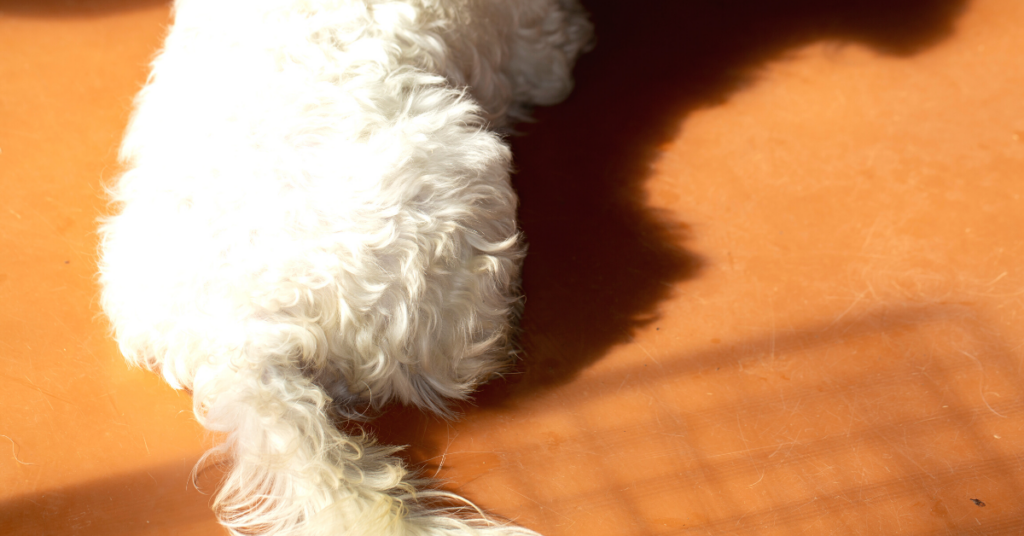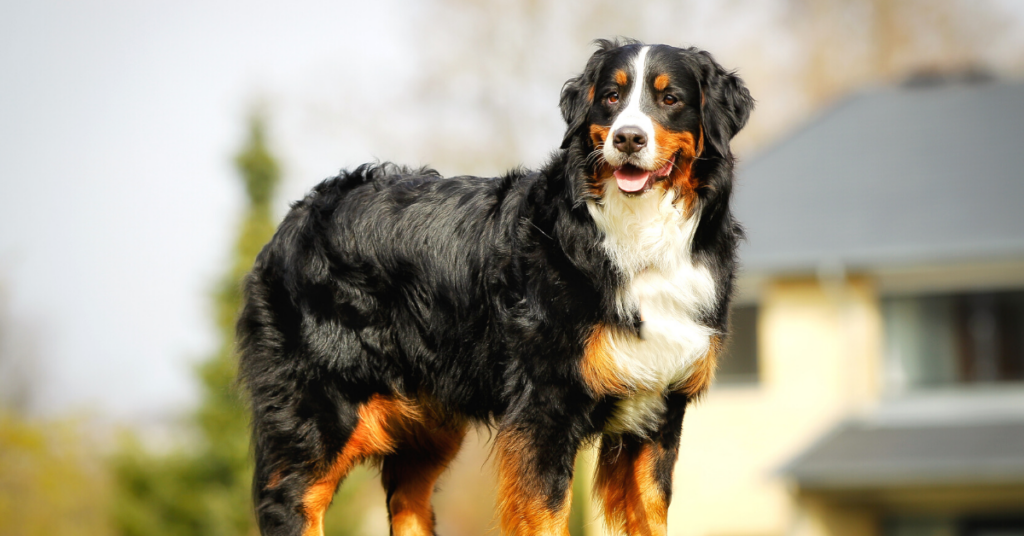Degenerative Myelopathy in Dogs: What You Should Know
Reviewed by Lauren Cannon, DVM
Degenerative myelopathy in dogs is a fatal disease with overwhelming consequences and can become worrisome for dog owners.
At the beginning of DM it can be mixed up with other diseases.
By understanding more about this genetic disease, dog owners who are seeing signs of degenerative myelopathy can prepare better for how to manage this condition in order to provide the right treatment for their pet.
What is Degenerative Myelopathy?

Degenerative myelopathy in dogs, also known as chronic degenerative radiculomyelopathy (CDRM), is a non-painful disease affecting the spinal cord, resulting in slowly progressive hind limb weakness and paralysis.
Declination of the white matter of the spinal cord causes the symptoms to appear.
DM is known to be similar to some of the forms of human amyotrophic lateral sclerosis (ALS), also commonly known as Lou Gehrig’s Disease.
Symptoms of Degenerative Myelopathy

The early signs of degenerative myelopathy in affected dogs are mild and indistinct.
They usually occur in dogs older than 5 years of age and typically older than 8 years of age.
Early symptoms can be misread as a chronic orthopaedic disease, for example in the hip or stifle (knee). Therefore, it is crucial to visit your vet and get your dog fully examined.
You may notice a dog suffering with DM could wobble or sway a little bit when standing completely still, It can easily fall over and lose its balance.
Early symptoms to pay attention for include:
- Wobbling.
- Knuckling of the paws when trying to walk.
- Swaying of the dog’s hindquarters when standing still.
- Falling easily when the dog is pushed from the side.
- Feet scraping on the ground when walking which causes the top surface of the feet to become hairless and irritated from repeated trauma.
- Difficulty getting up from a sitting or lying position.
If any of these signs appear, it may be a good time to visit your vet for a diagnosis.
The declination of the spinal cord increases, as the disease progresses, symptoms become worse and eventually leads to paralysis of the hind end.
Breeds Most Commonly Affected

Dog breeds which are most commonly affected include German Shepherds, German Shepherd crosses, Siberian Huskies, and Collies.
The following breeds have been determined as high risk for being diagnosed with DM, including:
- Bernese Mountain Dog
- Boxers, Chesapeake Bay Retrievers
- Golden Retrievers
- Welsh Corgis
- Kerry Blue Terriers
- Miniature Poodles
- Nova Scotia Duck Tolling Retrievers
- Pembroke Welsh Corgis
- Pugs
- Rhodesian Ridgebacks
- Standard Poodles
- Welsh Corgi Cardigans
- Welsh Corgi Pembrokes
- Wirehaired Fox Terriers
As the disease develops after the recommended breeding age, responsible breeding by genetic screening prior to mating should be practiced by breeders of prone breeds, to reduce the incidence of the gene and of degenerative myelopathy.
Causes of Degenerative Myelopathy

Genetic irregularity in dogs is usually linked to degenerative myelopathy.
The most common form is caused by a genetic mutation in a gene coding for superoxide dismutase, which is a protein that is responsible for the destruction of free radicals in the body.
When produced in large quantities, free radicals which are part of the natural defense mechanism, become destructive which can cause cell death and a range of degenerative diseases.
DNA testing can identify dogs that are clear of DM, dogs that are carriers, and dogs at a much higher risk for developing DM.
Diagnosing Degenerative Myelopathy

Diagnosing degenerative myelopathy is based on exclusion of other diseases with similar clinical signs.
Full medical history will be taken along with the consideration of the breed and age of the dog. A full physical examination, diagnostic tests such as cerebrospinal fluid (CSF) analysis, X-rays and other spinal imaging techniques will rule out other problems such as hip dysplasia and chronic arthritis, most often during beginning of DM.
The diagnosis of DM is challenging and time consuming, but a biopsy of the spinal cord is the only method to truly diagnose DM.
The biopsy is not commonly implemented because it is initially diagnosed after ruling out other possible diseases.
How to Treat Degenerative Myelopathy

Sadly, degenerative myelopathy is incurable. However, managing and treating progressing symptoms could be helpful for preserving a good life quality.
You can help prolong the life of your dog by avoiding obesity, keeping a good diet and exercise like walking and swimming, which are vital for treatment.
The main thing to do is to keep your dog on its feet for as long as you can.
It has been shown that physical therapy for your dog may help in lengthening quality of life and protecting the muscle mass.
Keep your dog physically active for the longest period possible.
Special hind end harnesses can aid a dog in walking.
You can also try to prevent foot damage by walking a dog on grass instead of concrete and placing rugs on slippery floors.
When to See a Veterinarian

If your dog is unstable, wobbly, falls down easily or has difficulty walking.
It may be a good time to visit your veterinarian to help in diagnosing your dog, by excluding other diseases with similar signs. And eventually help you decide on the best treatment to prolong and give your dog best quality of life.







